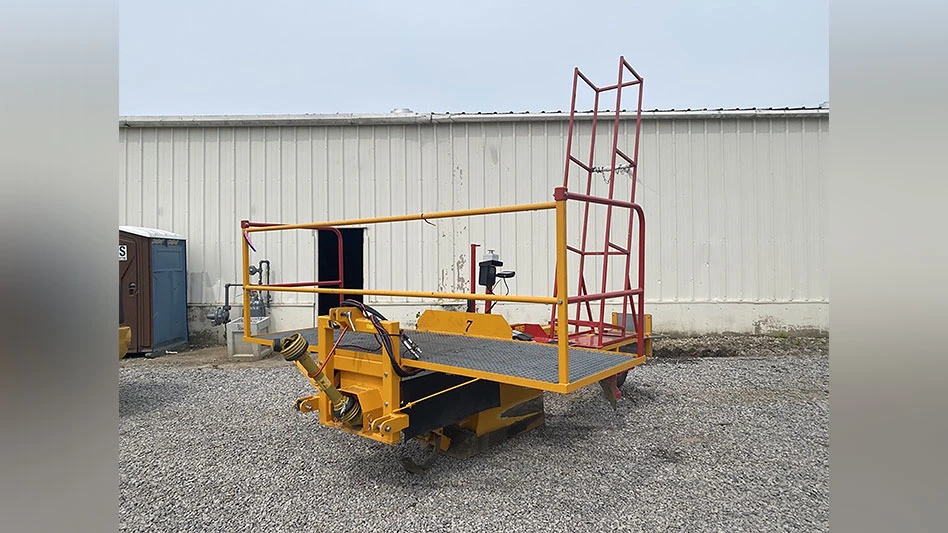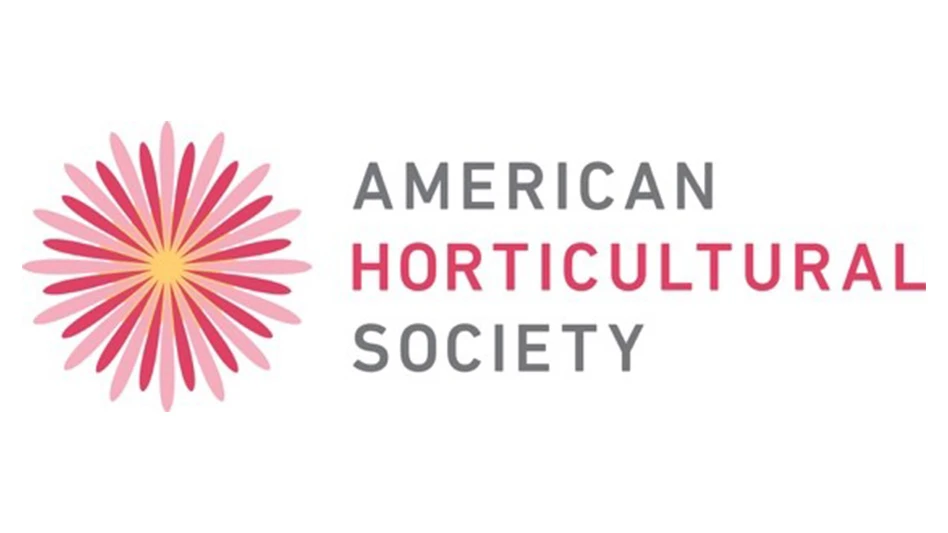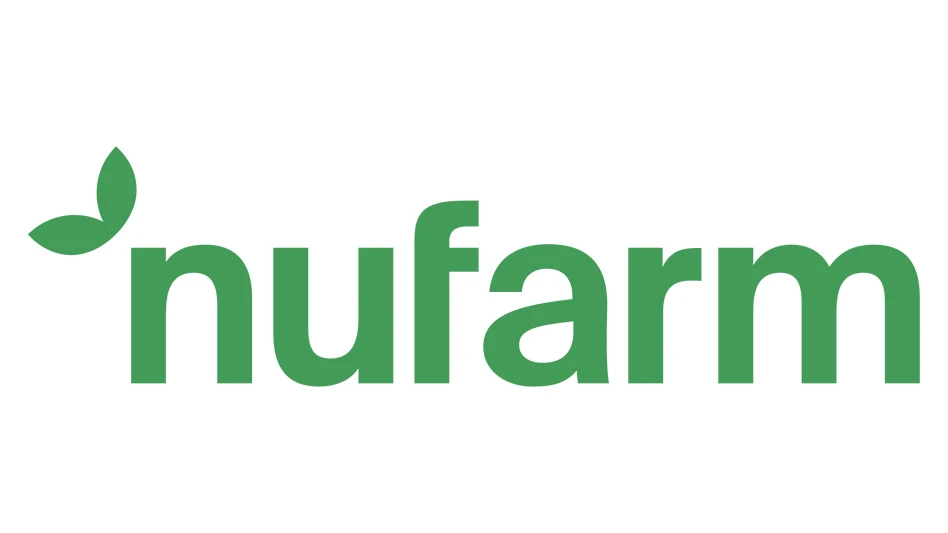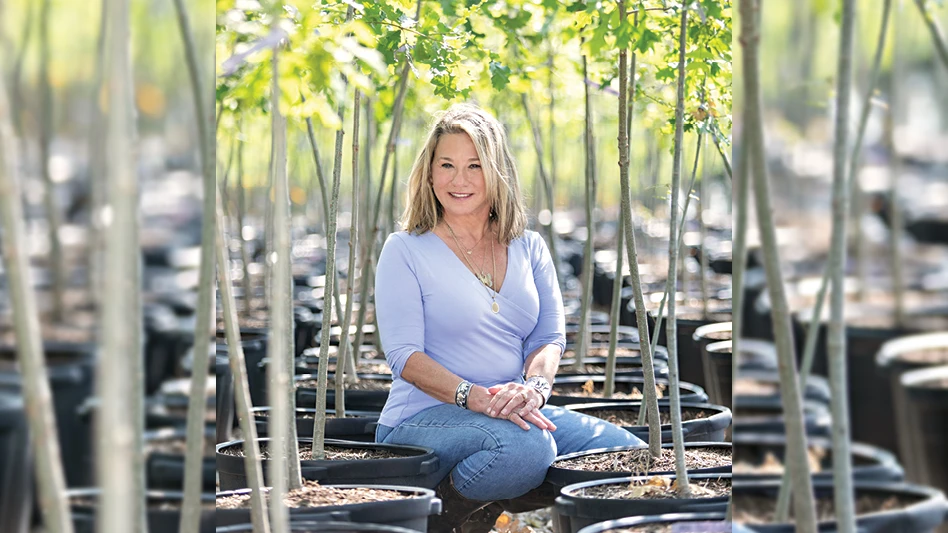

Petitti Family of Farms is headquartered in Perry, Ohio. The business acquired Losely Nursery on Jan. 1, 2022, and the property is now the main shipping facility for all the balled and burlapped (B&B) materials. Petitti Family of Farms is expanding the 100 acres in the back into a container operation.
“We’ve cleared 17 1/2 [acres] already, and we’re building our boxwood program here as well as larger containers,” says Joe Allio, president of Petitti Family of Farms.
The team at Petitti Family of Farms built two barns to use for shipping when they acquired the property. Allio explains that they wanted a nice facility for the workers to load under because the weather is unpredictable.
“We can ship anywhere between 70 to 80 trucks of B&B a week across the country, and we have over 1,500 acres of B&B land that we grow on,” Allio says. “The total company is around 2,700 acres.”
Petitti Family of Farms started the business in landscape, and then it went into retail. Then the business expanded into growing. They grow around 250,000 hydrangea trees a year and a variety of shrubs.
“The growing has become bigger and bigger as the years have gone by,” says Angelo Petitti, chairman and owner of Petitti Family of Farms “The ultimate goal is to create a bunch of mini nurseries into one nursery.”
Petitti explains that they’re creating something that is difficult to do if everything is under one umbrella. He’s striving to have each farm grow and specialize in specific plants, so that the people who work at that farm can become experts at growing their material.
“Then all we have to do is give them the tools and the support for them to get better and better,” Petitti says. “We have invested crazy numbers in equipment to create a reliable and consistent system. … We’re analyzing every bit of work that we’re doing and just figuring out is there a way to automate that.”

former Losely Nursery.
Precision equipment
Petitti Family of Farms is trying to automate as much as they can to save money on labor, and Petitti emphasizes that equipment is the key to help you accelerate your business. “Think about that in your operation and how you can really improve because these costs are not going down,” Petitti says. “They are going up, so it becomes vital for survival and profitability in a lot of cases.”
They use a Dutchman digging implement for digging B&B trees, a trimmer to trim all their evergreens and a CAT loader with pinch forks to move all the material from one spot to the next. They use two Damcon pruning platforms to trim the heads of the trees. They also have two GK spray and fertilization tractors, so they’re able to cover 40 acres a day.
“With over 2,200 acres of field production, we’re constantly utilizing these machines out in the field,” Allio says. “It allows us to get our fertilizer down at the right time, but then also spray the fields so that the weeds don’t populate.”
Their newest piece of equipment is a planter from Damcon in Holland. It has the capability to plant 600 trees in an hour while staking the tree. There’s a little light that flashes for the worker to see; then drop the stake. Petitti explains that by using this equipment you can maximize your ground because not every tree needs the same space. Some trees need 4x4, 6x6 or 8x8, and this equipment can adjust the spacing.
“This implement has the capability to link up to our John Deere tractors’ GPS and actually do a point, both horizontally and vertically, so it has a GPS point for every single tree within the nursery,” Allio says. “That allows us to space things perfectly, so you have two trees on either side and one exactly in the middle. … Then we also stake at the same time as when we plant. So before, you would plant and then come back and stake afterwards. The guys would stake for two months. Now, when we plant, we stake. There’s no more going back to the fields. The guys are planting, staking, fertilizing and putting the trees on drip within 24 hours. It saves a tremendous amount of labor, but also just the quality of the material is exceptional.”

40% HydraFiber and 60%
pine bark.
Consistent mix
Over the past couple of years, Petitti Family of Farms have been transitioning to HydraFiber. They were having a hard time finding peat moss, and Petitti was looking for a substrate that was cost effective and available.
They use 40% HydraFiber and 60% pine bark in the nursery mix. They’ve been producing with HydraFiber for four years at the greenhouse and two and a half years at the nurseries.
“The year before we transitioned to HydraFiber, we were using probably about 60 semis a year of peat moss,” says Hernie Rosado, head grower at Petitti Family of Farms. “We’ve gone down to nine or 10 loads of HydraFiber, at a higher rate, which saves space, storage and the turnaround time is quicker and at a much cheaper price.”
The HydraFiber comes as highly compressed bales, so one truck load of HydraFiber is equivalent to five truckloads of peat. HydraFiber is made from southern yellow pine wood chips leftover from the timber industry. HydraFiber starts with a pH of 4.5, and what makes it unique is that it holds water while having a lot of air space. The plants don’t feel wet but can still breathe and grow in it.


Since using the HydraFiber and pine park mix, Rosado and his team are rooting plants out a couple of weeks faster, and they’ve been able to free up some of the irrigation personnel to focus on other tasks.
Each of the farms has an AgriNomix potting machine that is capable of potting containers up to 25 gallons. With the potting machine set up for three gallons, Rosado can pump out 1,400 plants in an hour. The goal is to hit the 14,000 plant mark in a 10-hour day.
“Angelo has invested the money into the equipment, so we’re not moving material all over the place,” Rosado says. “In any one given day, we could pump out 50 to 70 thousand plants in a day, which cuts our production time down. It gives the plant more time to grow because we can finish it quicker, and it keeps the cost down. We can get a much better-quality plant out to our markets faster.”

The plant comes in from one side of the machine, and then each hopper gives Rosado the ability to add the correct percentage of insecticide, fungicide, fertilizer or lime.
“It’s precise equipment that if it’s not within the parameters that I want, the machine shuts down,” Rosado says. “So, we're getting consistent mixes throughout our crops at all our facilities.”
Petitti attributes the company’s growth to the investment he’s made in automation equipment.
“We have grown tremendously,” Petitti says. “A lot of it has been vision, guts, stupidity, but the biggest thing has really been always looking at how we can do better with equipment. Equipment is really what’s help us grow this company to the level that it is today.”
For more: https://petittifamilyfarms.com

Explore the October 2023 Issue
Check out more from this issue and find your next story to read.
Latest from Nursery Management
- The HC Companies, Classic Home & Garden merge as Growscape
- Eason Horticultural Resources will now officially be known as EHR
- BioWorks receives EPA approval for new biological insecticide for thrips, aphids, whiteflies
- Ellen Mackenbach-Lakeman appointed new CEO of Dümmen Orange
- Southern Garden Tour sets 2025 dates for trial garden open houses
- New book explores plants that thrive in Rocky Mountains
- American Floral Endowment establishes Herman Meinders Memorial Tribute
- These companies are utilizing plastic alternatives to reduce horticultural waste




